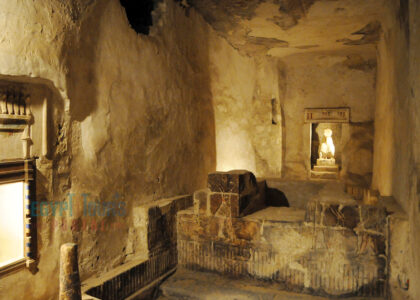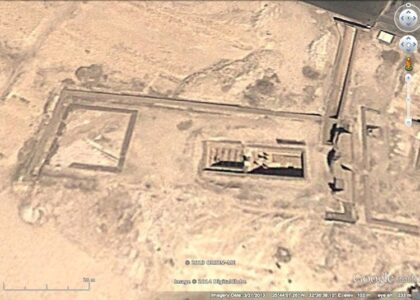Welcome to Honey Bee Village Archaeological Preserve, a remarkable testament to the ancient Hohokam civilization that once thrived in what is now known as Oro Valley, Arizona. This site offers a glimpse into the lives of the Hohokam people who inhabited the region from approximately 450 AD to 1450 AD.
Honey Bee Village was a bustling settlement during the Hohokam’s Classic Period. The site originally consisted of an extensive network of pit houses and later, more sophisticated adobe structures. These architectural developments reflect the evolution of Hohokam society from a simple agrarian community to a complex civilization known for its irrigation and pottery.
The Hohokam were master architects of water management, creating extensive canal systems that allowed them to cultivate the arid land. The canals at Honey Bee Village are a testament to their ingenuity and understanding of their environment, which enabled them to sustain a large population and thrive in the desert landscape.
Notable archaeological excavations at Honey Bee Village have unearthed a variety of artifacts, including pottery shards, stone tools, and shell jewelry. These findings offer insights into the trade networks that the Hohokam were a part of, stretching as far as the Gulf of California and Mesoamerica.
As you explore the preserve, imagine the daily life of the Hohokam people: children playing near the canals, artisans crafting pottery, and families gathering for communal meals. Each artifact and structure tells a story of resilience and adaptation in the face of environmental challenges.
Today, Honey Bee Village serves as a crucial link to understanding the broader historical context of the Hohokam and their role in shaping the prehistory of the American Southwest. The site is preserved not only for its historical significance but also as a reminder of the cultural heritage that continues to influence the region.





